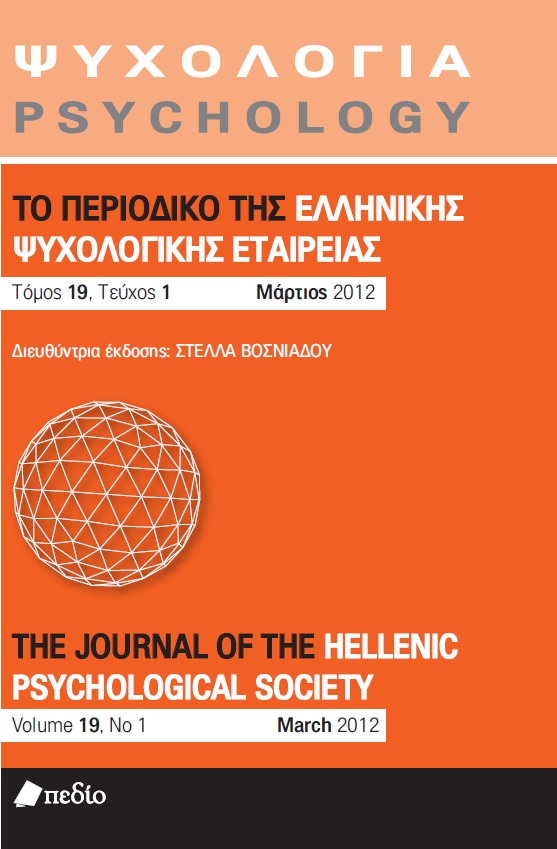Does recognition imply guilt? An overview of the factors that influence eyewitness identification performance

Abstract
Eyewitness identification stands as one of the core aspects of the judicial system. However, when it comes to identifying faces, people often make mistakes. Thus, it should not come as a surprise that eyewitness identification has been shown to be the number one factor of wrongful convictions (www.innoccenceproject.org). Therefore it is important
to understand the reasons that make eyewitnesses so error prone and investigate how we could enhance their performance. In the present article we examine the factors that have an impact on eyewitness
identification performance. More specifically, we will refer to those variables over which the research community has reached consensus. These include estimator and system variables as well as postdictors,
which are variables capable to diagnose the identification accuracy once it has taken place. In doing so we aim to reveal those parameters that are based on a sturdy research base, but have notwithstanding been
neglected by the Greek judicial system. We suggest a number of alterations and improvements, based on this research basis that can improve identification performance.
Article Details
- How to Cite
-
Σαγανά Ά., & Sauerland, M. (2020). Does recognition imply guilt? An overview of the factors that influence eyewitness identification performance. Psychology: The Journal of the Hellenic Psychological Society, 19(1), 63–79. https://doi.org/10.12681/psy_hps.23608
- Issue
- Vol. 19 No. 1 (2012)
- Section
- THEORETICAL REVIEWS

This work is licensed under a Creative Commons Attribution-ShareAlike 4.0 International License.
The journal PSYCHOLOGY adopts a Platinum open-access policy. Submission, processing or publication costs are waived by the Hellenic Psychological Society. Papers published in the journal PSYCHOLOGY are licensed under a 'Creative Commons Attribution-ShareAlike 4.0 International' licence. The authors reserve the copyright of their work and grant the journal the right of its first publication. Third-party licensees are allowed to use the published paper immediately after publication as they wish, provided they retain the defined by the license copyright formalities, regarding the reference to its author(s) and its initial publication in the journal PSYCHOLOGY. Moreover, any adjusted work should be shared under the same reuse rights, so with the same CC license.


